Why Nasa has lost contact with its Opportunity rover on Mars
‘Unprecedented’ dust storm has engulfed the red planet for past two weeks
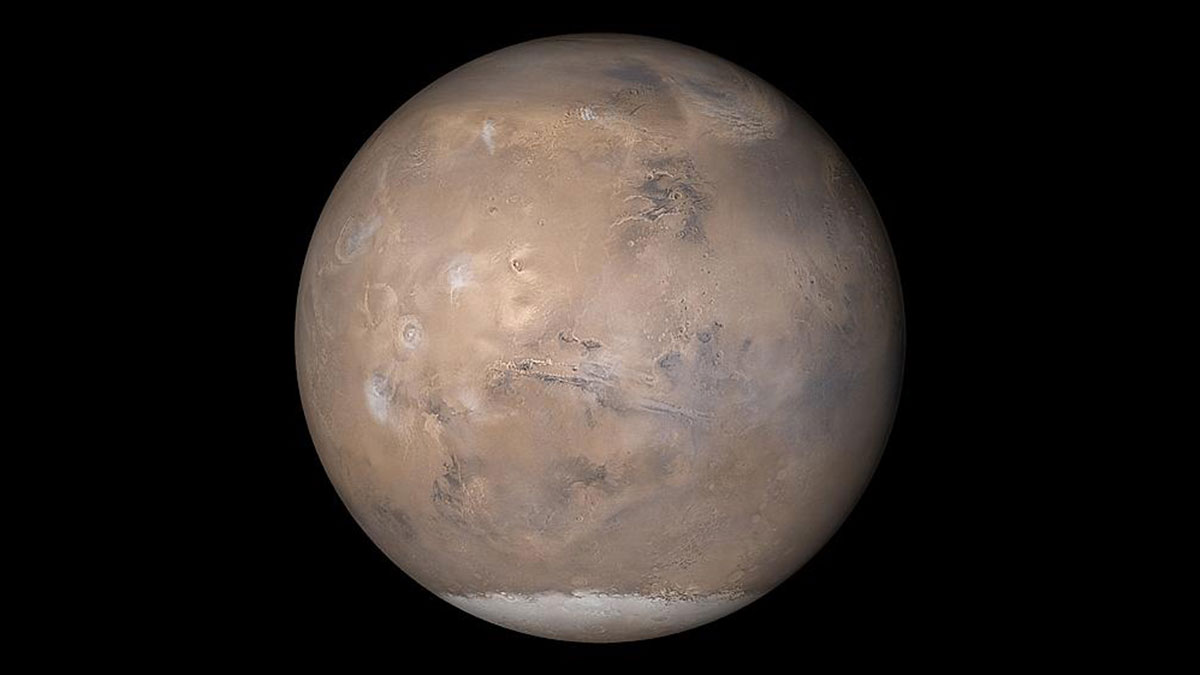
Nasa has lost contact with its Opportunity rover on Mars after an “unprecedented” dust storm engulfed the planet.
The little robot, which has been on Mars since the start of 2004, requires sunlight to charge its batteries, The Independent reports. But with the vast dust storm covering about a quarter of the planet for the past two weeks, the rover has run out of power.
Although the storm is only expected to last for a few days, it could be months until the machine’s solar panels absorb enough energy to begin transmitting data back to Earth, the news site adds.
The Week
Escape your echo chamber. Get the facts behind the news, plus analysis from multiple perspectives.

Sign up for The Week's Free Newsletters
From our morning news briefing to a weekly Good News Newsletter, get the best of The Week delivered directly to your inbox.
From our morning news briefing to a weekly Good News Newsletter, get the best of The Week delivered directly to your inbox.
“By no means are we out of the woods here,” Opportunity project manager John Callas said yesterday. “This storm is threatening and we don't know how long it will last, and we don't know what the environment will be like once it clears.”
Mission controllers at the US space agency’s Jet Propulsion Laboratory in Pasadena, California, lost contact with the rover on Tuesday evening, according to The Guardian.
The storm was first detected by Nasa on 30 May, but grew at an extraordinary rate and quickly engulfed the rover in thick clouds of dust.
Nasa’s far newer Mars rover, called Curiosity, is powered by a nuclear reactor and therefore does not need sunlight to stay powered up.
A free daily email with the biggest news stories of the day – and the best features from TheWeek.com
Despite its current power outage, the Opportunity rover has more than exceeded initial expectations during its 14-year stint on the red planet.
According to the BBC, the droid was only designed to work for 90 days yet is still going, although it can only move in reverse and its robotic arm, used to examine rocks, is “arthritic”.
Prior to the storm, Opportunity had been exploring the Perseverance Valley on the western rim of Mars, in a bid to work out whether the valley was formed by water or wind.
Nasa hopes to continue the mission when, or if, it regains contact with the robot.
-
 Russia’s ‘weird’ campaign to boost its birth rate
Russia’s ‘weird’ campaign to boost its birth rateUnder the Radar Demographic crisis spurs lawmakers to take increasingly desperate measures
-
 Could smaller cars bring down vehicle prices?
Could smaller cars bring down vehicle prices?Today’s Big Question Trump seems to think so, but experts aren’t so sure
-
 2025’s most notable new albums
2025’s most notable new albumsThe Week Recommends These were some of the finest releases of the past year
-
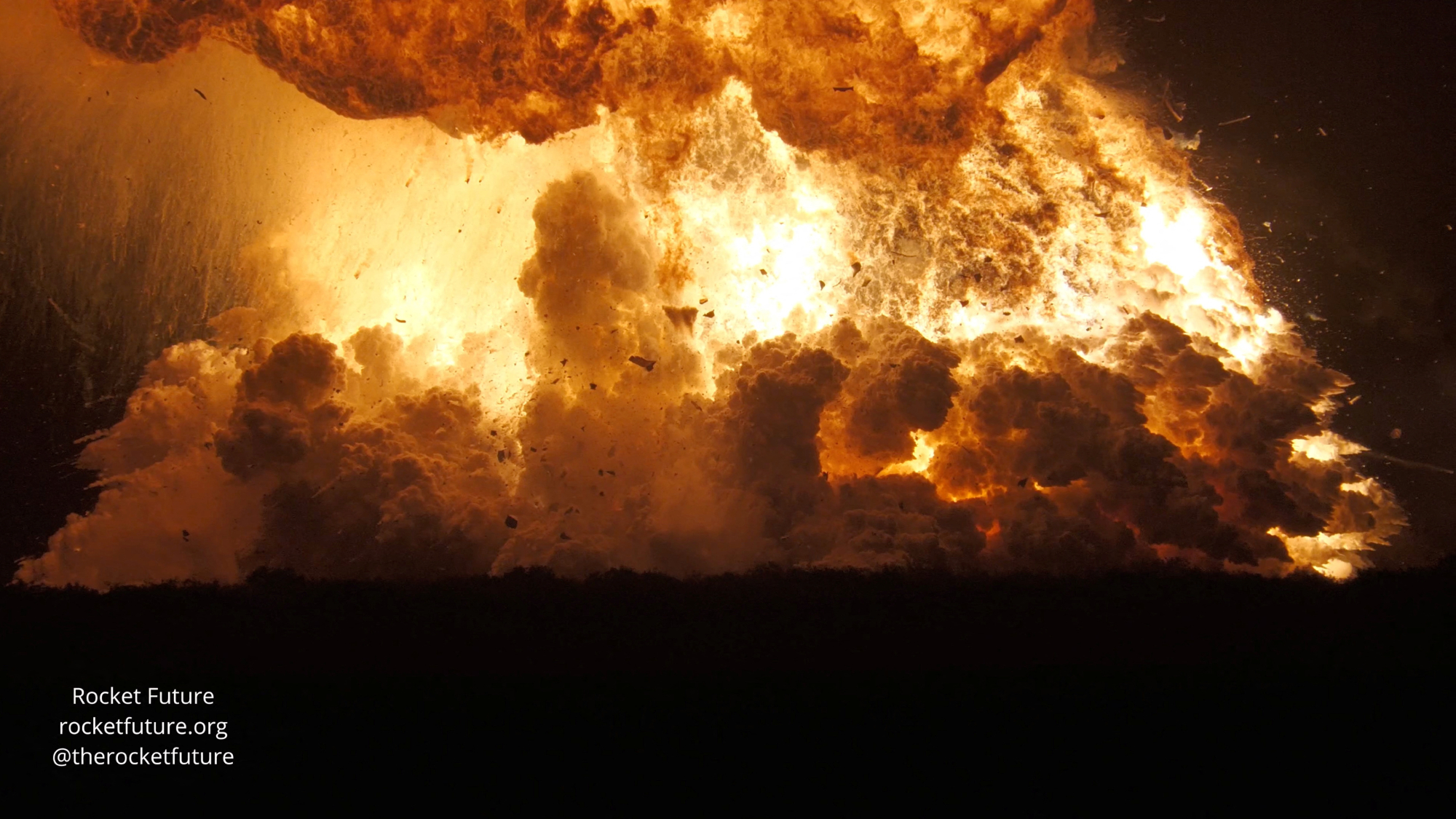 Another Starship blast sets back Musk's Mars hopes
Another Starship blast sets back Musk's Mars hopesSpeed Read Nobody was killed in the explosion, which occurred in south Texas
-
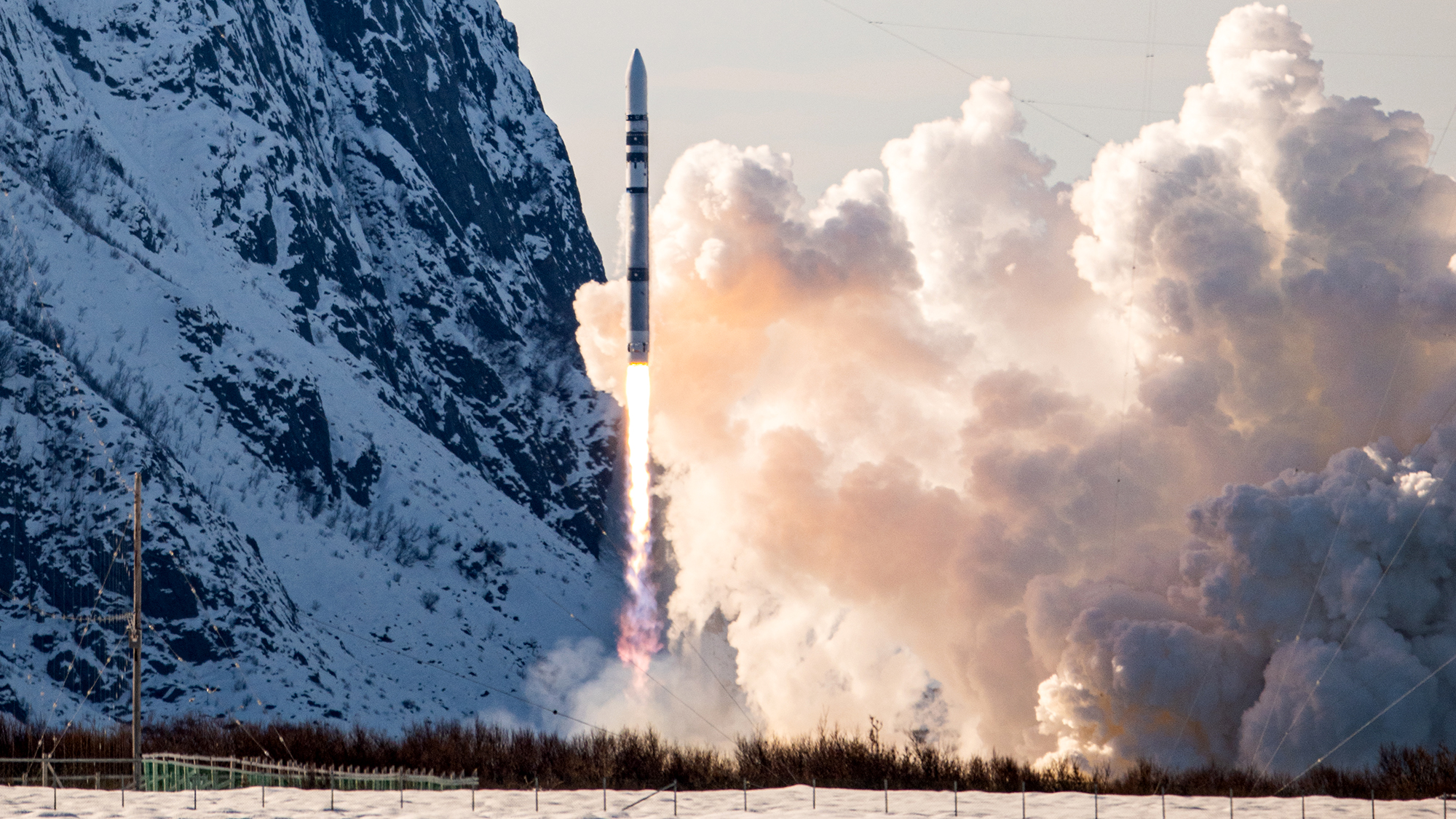 Test flight of orbital rocket from Europe explodes
Test flight of orbital rocket from Europe explodesSpeed Read Isar Aerospace conducted the first test flight of the Spectrum orbital rocket, which crashed after takeoff
-
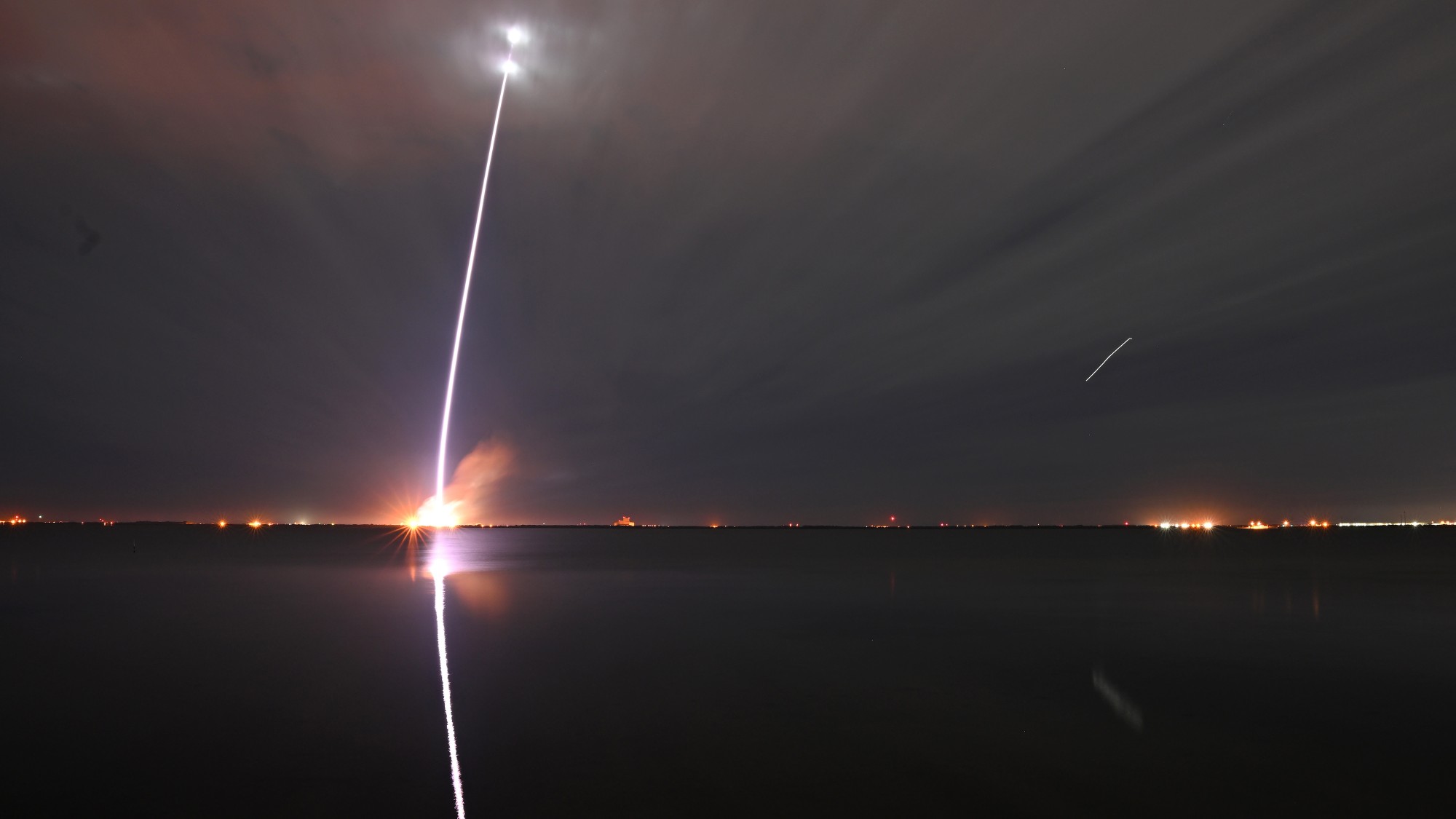 Jeff Bezos, Elon Musk and the billionaire space race
Jeff Bezos, Elon Musk and the billionaire space raceThe Explainer Tesla CEO and Amazon founder vie for dominance of satellite launch market and could influence Nasa plans to return to Moon
-
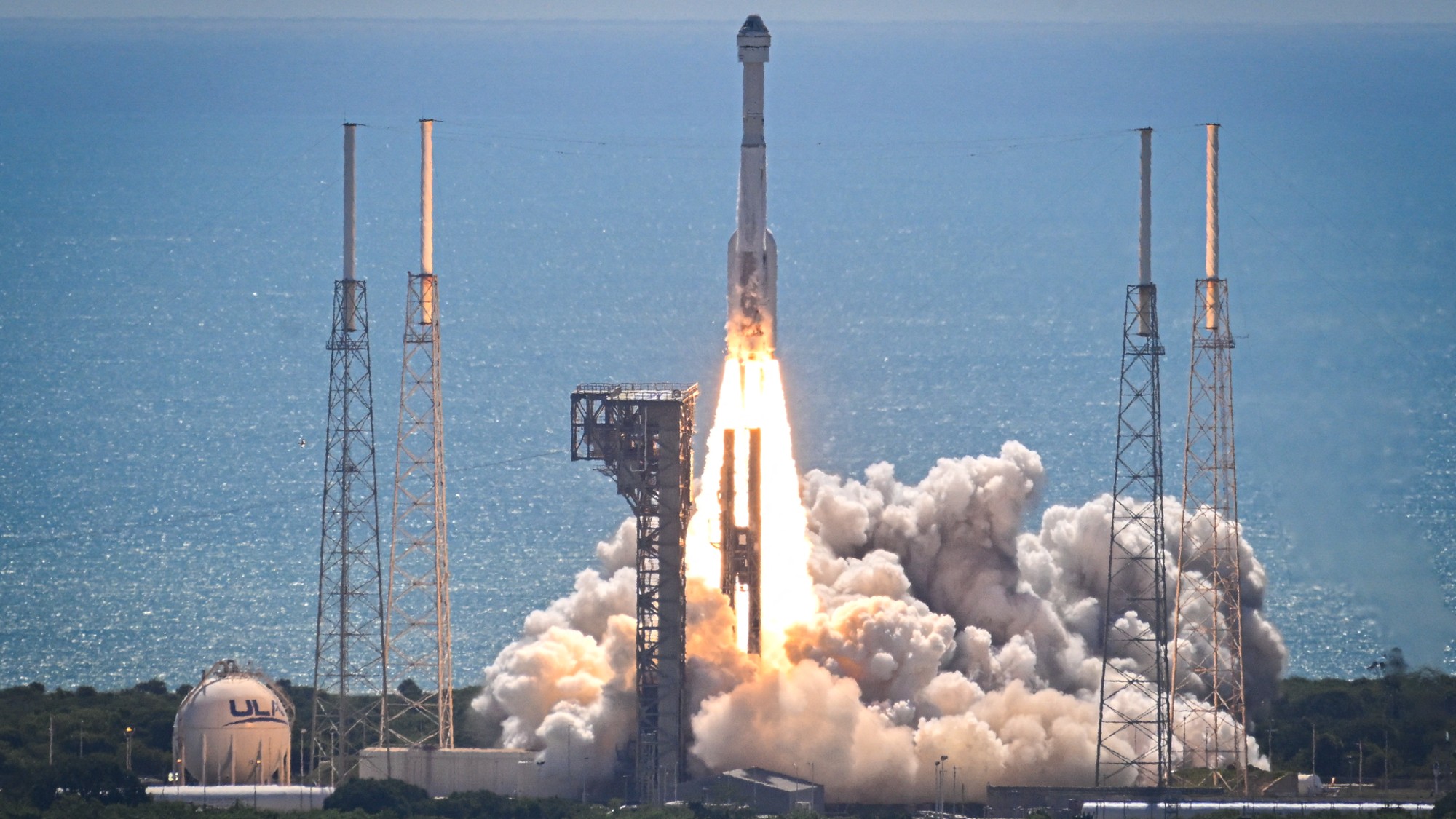 Starliner: What went wrong?
Starliner: What went wrong?Today's Big Question Boeing spacecraft has had a 'long, difficult road'
-
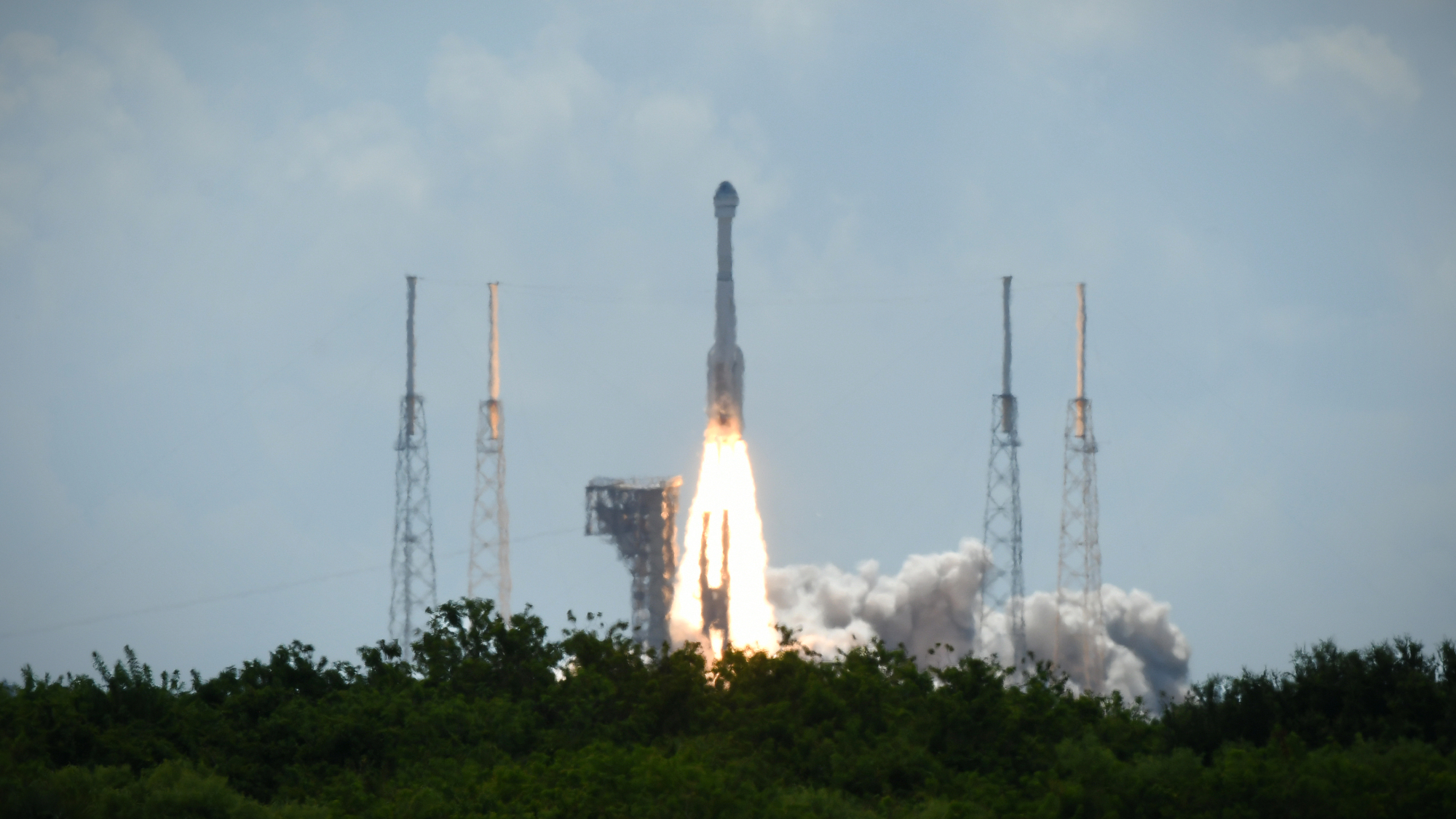 Boeing, SpaceX successfully test key rockets
Boeing, SpaceX successfully test key rocketsSpeed Read Boeing’s Starliner docked at the ISS and SpaceX completed its fourth test launch of its Starship spacecraft
-
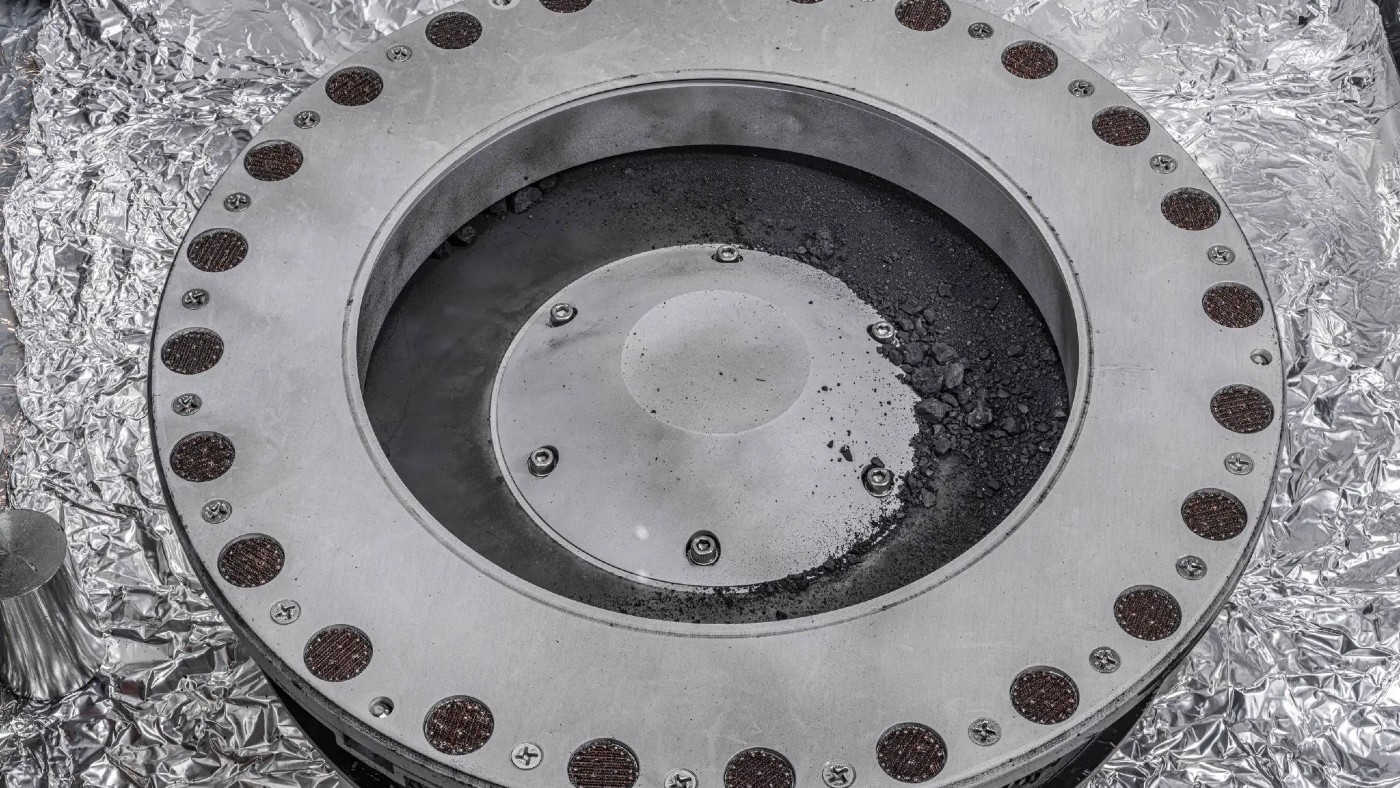 Nasa reveals first findings from asteroid that could explain origins of life
Nasa reveals first findings from asteroid that could explain origins of lifeSpeed Read Sample from Bennu has been found to contain an abundance of water and carbon
-
 Dark side of the Moon: will the race to lunar South Pole spark conflict?
Dark side of the Moon: will the race to lunar South Pole spark conflict?Today's Big Question Russia and India are competing for the ‘new lunar gold’ – but real contest will be between the US and China
-
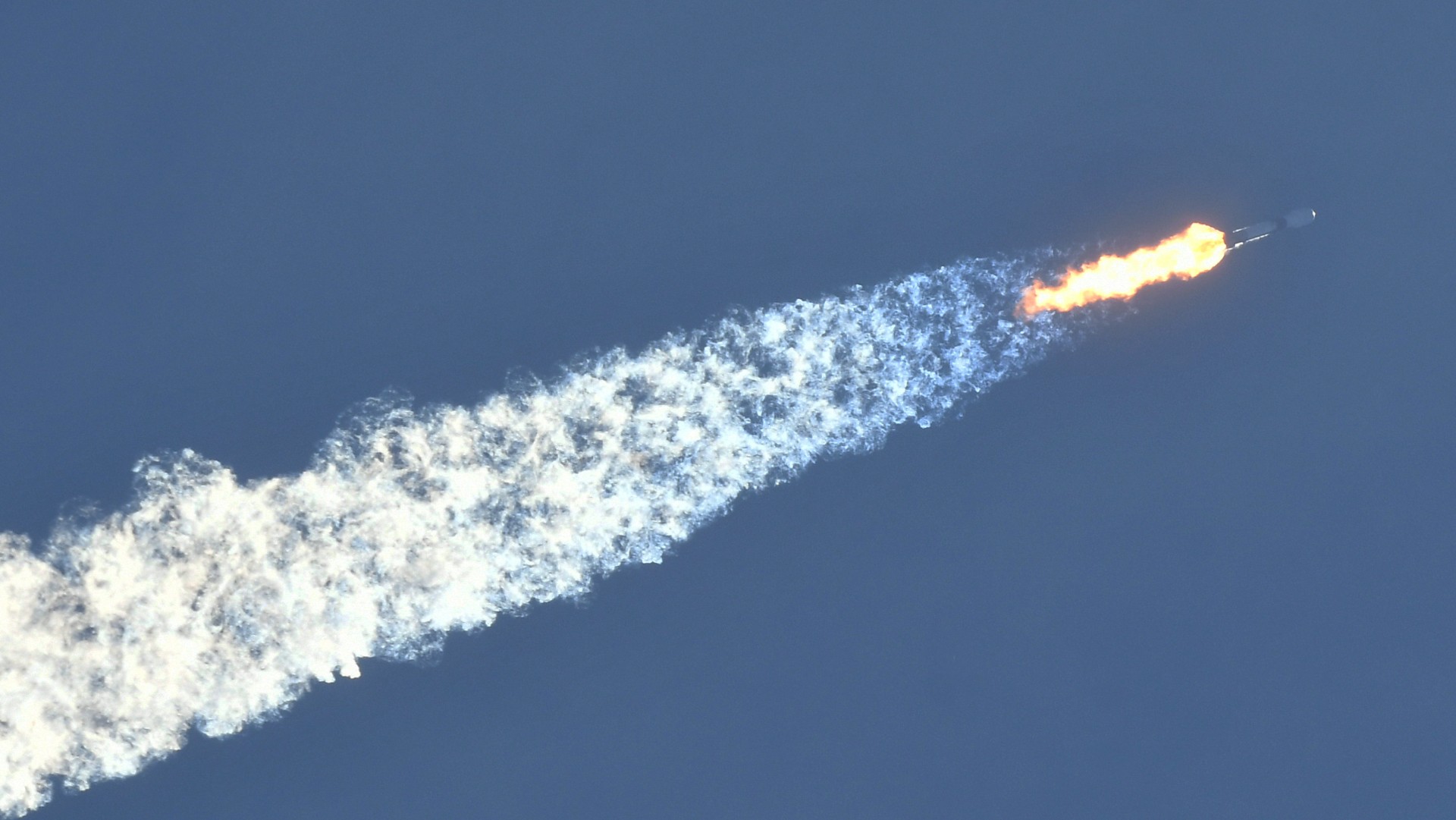 How worried we should be about space debris
How worried we should be about space debrisfeature As part of a rocket washes up in Australia scientists warn ‘critical mass’ of orbital junk could only be decades away